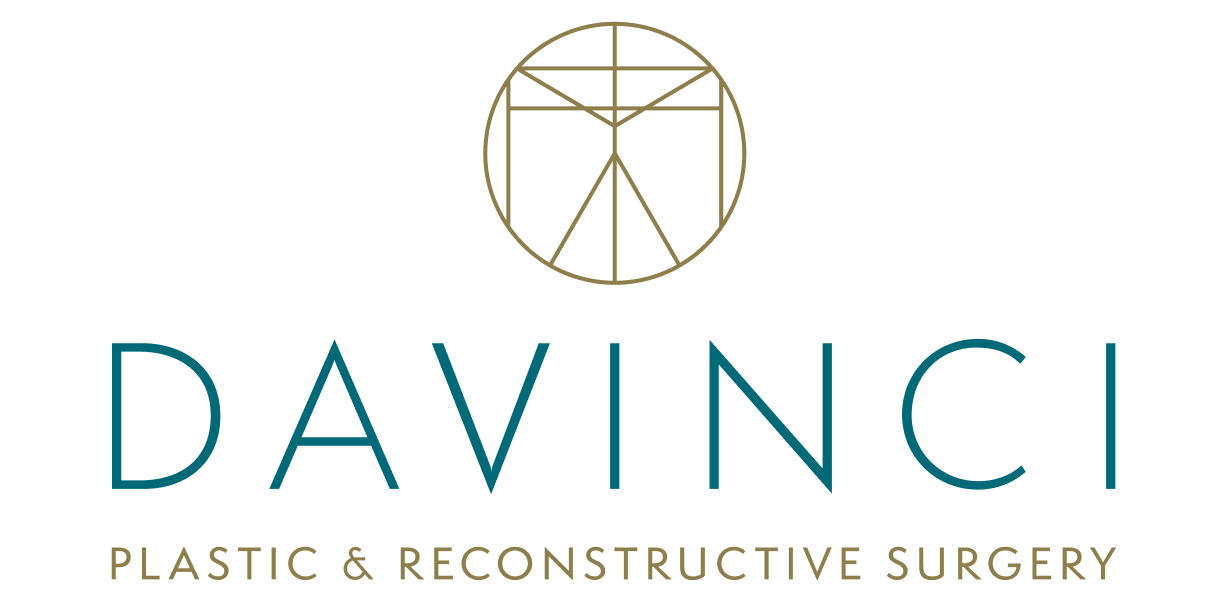Posted March 04, 2025 in Breast Implants
4 minute read

Explant surgery is the medical term for breast implant removal, which can be performed for medical, aesthetic, or personal purposes. Some women choose implant removal because of complications like capsular contracture, implant rupture, or chronic discomfort, while others may simply desire a more subtle or natural look. This guide outlines what to expect before, during, and after explant surgery so you can approach your procedure with peace of mind.
Before Breast Implant Removal Surgery
The first step is a thorough consultation with a board-certified plastic surgeon who will:
- Evaluate the status of your breast implants and the surrounding tissue.
- Discuss your aesthetic goals and the reasons for wanting your implants removed.
- Explain the different surgical options and techniques.
- Review your medical history, medications, and any prior breast surgeries.
- Outline realistic expectations for your post-surgery breast appearance.
Deciding on Additional Procedures
Depending on the condition of your skin and breast tissue, you may consider additional procedures during explant surgery, such as:
- Capsulectomy
- Breast Lift (Mastopexy)
- Fat Transfer
- Breast Implant Replacement
Preparing for Breast Implant Removal Surgery
In the time leading up to your explant surgery, the plastic surgeon will provide specific guidelines. These may include:
- Stop taking or reduce any medications or supplements if they increase bleeding.
- Stop smoking and drinking alcohol to promote better healing.
- Consume a healthy diet and adequate water to support optimal recovery.
- Arrange for post-surgery care, as you’ll need someone to drive you home and assist you in the first few days.
During Breast Implant Removal Surgery
Explant surgery usually requires general anesthesia, so you’ll sleep comfortably throughout the procedure.
Surgical Techniques for Implant Removal
Your surgeon will select the appropriate explant technique based on your implant type, medical history, and aesthetic preferences:
- Simple Implant Removal: If there are no complications, the implants are carefully taken out through the original incision sites to minimize additional scarring.
- En Bloc Capsulectomy: This technique removes the implant and surrounding capsule (scar tissue) as a single unit, which is often recommended in cases of capsular contracture or implant illness concerns.
- Total Capsulectomy: The surgeon removes both the implant and the entire capsule but in separate steps.
- Implant Removal With Breast Lift Surgery: Excess skin is removed, and breast tissue is recontoured to restore a firm breast appearance.
- Implant Replacement: If you choose to replace your implants, they are typically placed after the old implants and capsules are removed.
The necessary incisions are made, the agreed-upon techniques are performed, and the incisions are carefully closed. Some patients may have small drainage tubes placed to prevent fluid buildup and reduce swelling.
Breast implant removal takes about one to three hours, depending on whether additional procedures are included.
After Breast Implant Removal: The Recovery Process
Immediate Post-Surgery Recovery
- You’ll wake up in a recovery room, where nurses will monitor you as the anesthesia wears off.
- You may feel groggy, sore, and swollen, but pain medication can help manage any discomfort.
- Most patients are discharged the same day, but someone will need to drive you home.
The First Week: Managing Pain & Healing After Breast Implant Removal
- Swelling, bruising, and minor discomfort are to be expected and will gradually subside.
- You’ll have to wear a supportive surgical bra or compression garment to reduce swelling.
- Avoid lifting heavy objects, raising your arms too high, or sleeping on your stomach.
- If drainage tubes have been placed, they are usually removed within three to five days.
- Follow your surgeon’s prescribed pain medication and antibiotics to prevent infection.
Weeks Two to Four: Resuming Life as You Know It
- Most patients can return to work or light daily activities within one to two weeks.
- Swelling continues to decrease, and bruising fades.
- Some numbness or tightness in the chest may persist, but these symptoms improve over time.
- You may be cleared for light exercise, but strenuous activity should still be avoided until your surgeon gives you the go-ahead.
Late Recovery: Seeing Your Final Results
- By 6–12 weeks, most of the swelling has resolved, and your breasts have settled into their new shape.
- Scars will continue to fade with time, though they may take up to a year to fully mature.
- If you had a breast lift or fat transfer, the final results will become more noticeable as the tissues heal.
Breast Implant Removal in Washington, D.C.
Regardless of the reason for removing your breast implants, working with a qualified, board-certified plastic surgeon helps ensure you get the best possible results. If you’re considering breast implant removal in the D.C. area, call (202) 966-9590 or complete our online contact form to schedule a consultation with Dr. Davison or Dr. Pinell.







